No products in the cart.
Dragon Tears Japanese Maple – 3 Gallon Pot
$189.97 Original price was: $189.97.$98.99Current price is: $98.99.
SKU: D2LSC 1936236255 Categories: JAPANESE MAPLE TREES, PLANTS & TREES
- The quality you expect, the service you deserve.
- Where quality meets convenience.
- Shop with Zero Worries
- Service with a smile, always online.

Dragon Tears Japanese Maple
Acer palmatum ‘JN4’ PP#22,249 – DRAGON TEARS
Plant Details
USDA Plant Hardiness Zones: 5a-9b Find Your Zone
Height at Maturity: 5-10′
Width at Maturity: 6-8′
Growth Habit / Form: Semi-Pendulous? (Internet is saying both upright and weeping.)
Growth Rate: Slow to Moderate
Foliage Color in Spring: Bright Red
Foliage Color in Summer: Scarlet
Foliage Color in Fall: Orange-Purple
Light Needs: Full Sun or Mostly Sun, Morning Sun with Dappled or Afternoon Shade, All Day Filtered Sun, Morning Shade with Evening Sun, Mostly Shade
Water Needs: Average, moderately drought tolerant when established
Soil Type: Clay (amend heavy clay soil) Sandy, Loam
Drainage: Moist But Well-drained; well drained soil is a must!
Soil pH: 5.0 – 7.5
Maintenance: Low
Resistances: Cold Temperatures (-20F / Zones 5-9), Deer, Insect, Disease
Description
A more recent introduction with a unique and majestic look, ‘Dragon Tears’ is a red leaf Japanese maple tree with larger palmate leaves like an upright variety but horizontal branching and a pendulous habit more like many of the weeping lace leaf varieties. The leaves on this beauty emerge crimson red in spring turning to a burgundy red in summer and finally in fall to dazzling bright and rusty orange and red shades. Dragon Tears hasn’t been around long enough for us to know its mature size however, based on its habit and form, we’re expecting maybe 6 to 8 feet tall and equally as wide. If you’re looking for a totally unique form, texture and colors in a Japanese maple, Dragon Tears is sure to please, in the garden or in containers. A very hardy tree in Zones 5-9a but will appreciate afternoon shade in hot-summer climates.
Landscape & Garden Uses
To showcase its magnificence and beauty, the Dragon Tears Japanese Maple is best used in the landscape as a focal point specimen to draw attention to a specific area of the home or landscape. That said, you can plant in groupings or use two to accentuate entryway. Container culture can extend the useful range of Japanese Maples. They are extremely easy to grow in containers, a practice taken to its most extreme form in the art of bonsai.
Suggested Spacing: At least 10 feet apart for space between trees
Note: One Japanese Maple can make a landscape…that is if you don’t overcrowd it with other trees and plants. Therefore, when selecting companions to plant under or around your Japanese Maple, make sure to select low-growing shrubs or groundcover plants that won’t interfere at all with your tree.
Growing Preferences
Though delicate looking, Japanese Maples are actually very tough and long-lived trees. They are very easy to grow in the ground or in pots, planters and other containers.
In their natural habitat, Japanese Maples are understory trees, growing in dappled forest sunlight at the edges of woodlands. Ideally, they prefer to be grown in similar conditions. That said, you can find a complete listing of our sun-tolerant Japanese Maple varieties here. Dragon Tears will appreciate filtered sun opr shade in hot-summer climates
Most any average garden soil will grow Japanese Maples. They prefer a moist but well-drained soil rich in organic matter. As with so many other ornamental plants and trees, constantly soggy or wet soil can be problematic. So make sure to plant your Japanese Maple in a well-drained site!
Helpful Articles
Click on a link below to find helpful advice from our experts on how to plant and care for Japanese Maple trees.
How To Plant A Japanese Maple Tree In The Ground
How to Plant A Japanese Maple Tree In A Pot
How To Fertilize And Water A Japanese Maple Tree
How To Prune A Japanese Maple
Plant Long & Prosper!
Meet The Wilson Brothers & Staff
Questions? Contact Us!
Be the first to review “Dragon Tears Japanese Maple – 3 Gallon Pot” Cancel reply
Related products
Sale!
FRAGRANT PLANTS
Sale!
PLANTS & TREES
Sale!
Sale!
Sale!
JAPANESE MAPLE TREES
Crimson Queen Dwarf Japanese Maple (High Graft Tree Form) – 2 Gallon Pot
Sale!
Sale!
GROUNDCOVER PLANTS
Sale!
GROUNDCOVER PLANTS














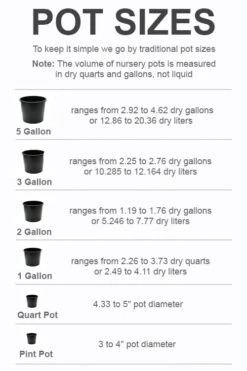



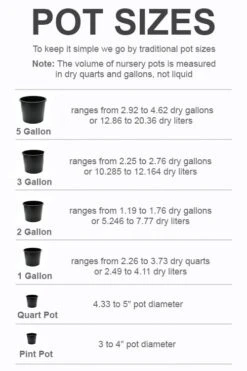
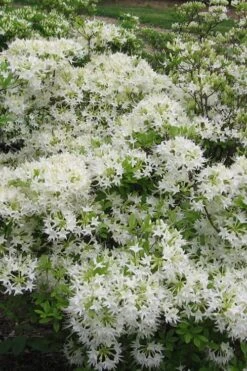
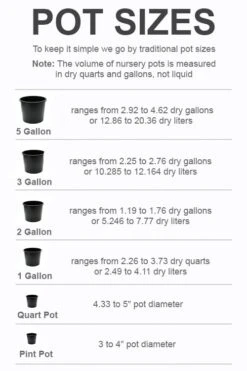
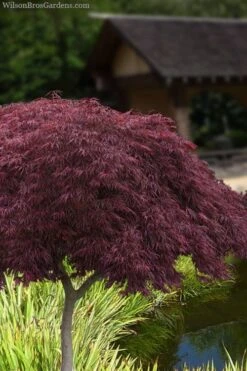
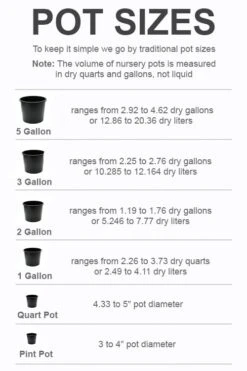
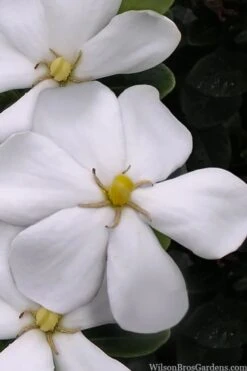

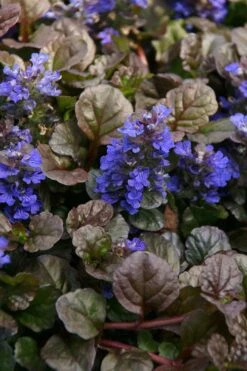
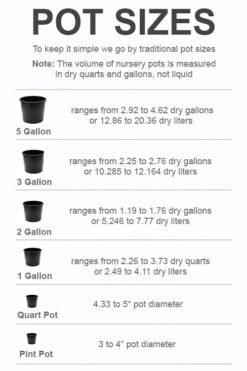

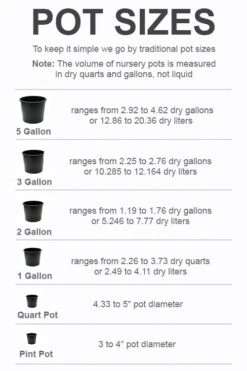
Reviews
There are no reviews yet.